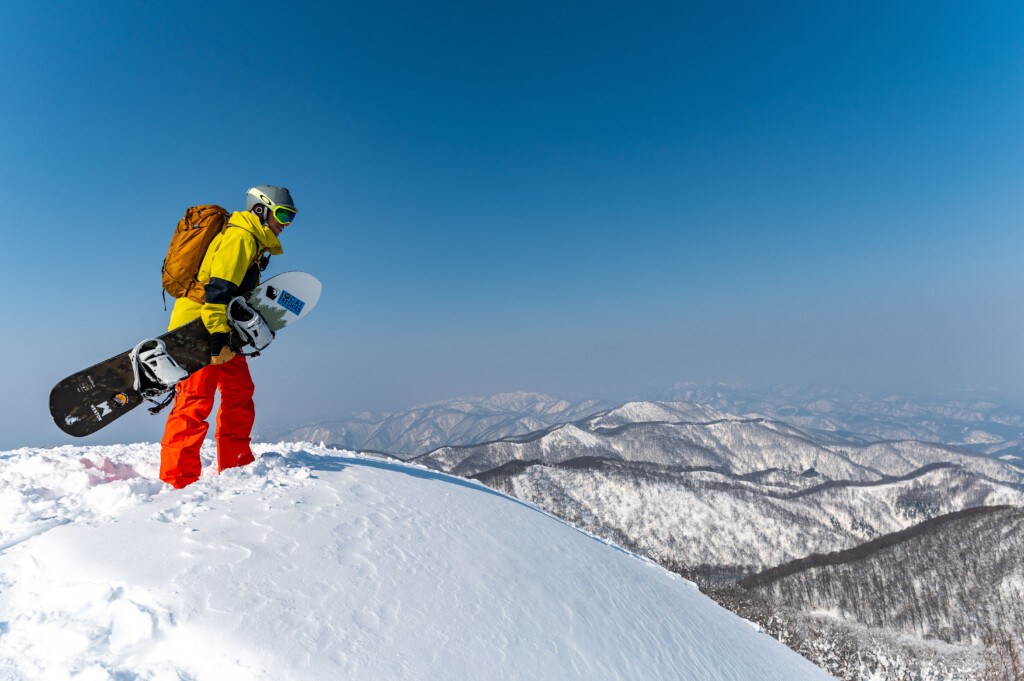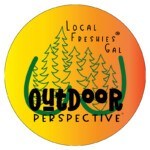Skiing In Japan Guide – Tips, Tricks and Our Lessons Learned
This guide may contain affiliate / compensated links. For full information, please see our disclaimer here. Featured above photo by: Josh Laskin
We can tell you from personal experience that skiing in Japan offers the biggest bang for your buck on a ski trip. While heli-skiing and cat-skiing are worth their weight in powder, Japan offers up a full experience from the moment you land until you leave. And don’t worry—it lives up to its nickname: JaPOW! Although we had a blast throughout the entire trip, we made a lot of mistakes, so this guide reflects what we learned from our research, tips from locals we met, and our own experiences.
Insider Tips
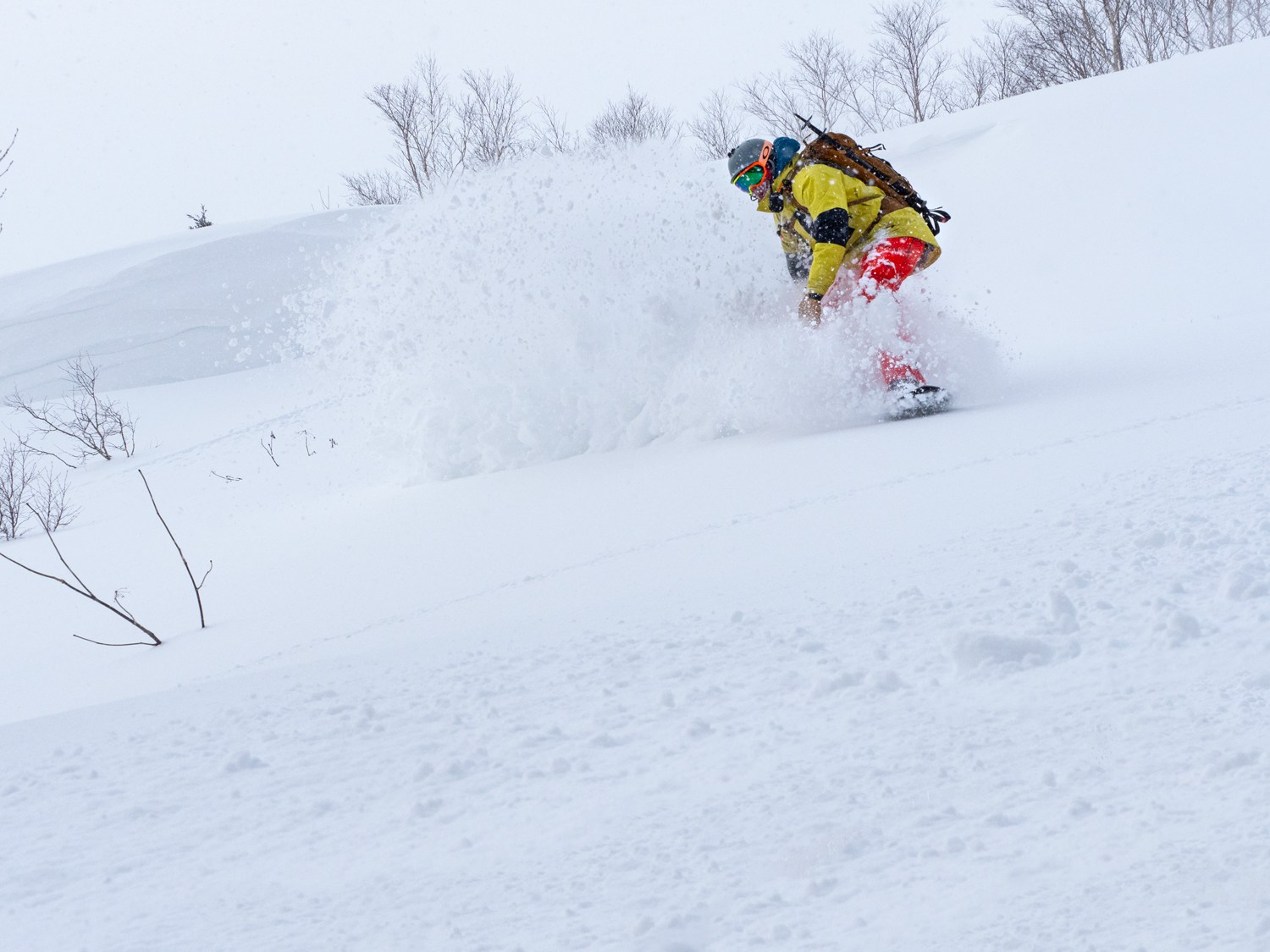
On your journey to Japan, start off with our article “10 Things I Wish I Knew Ahead Of Skiing In Japan.” It’s a boiled down version of what we wished someone told us ahead of our trip to the land of the rising sun.
Hire a Guide
Part of the fun of traveling internationally is diving headfirst into the unknown but also maximizing your time on the snow and experiencing the culture. Communication becomes particularly challenging once you venture beyond the Westernized resorts, such as the Indy Pass resorts in Tohoku. In some of the ski areas we visited, hotel managers mentioned they only see a handful of Americans each season!
To tackle this, we opted for Japan Ski Tours to guide us through the intricacies of the region and the language, ensuring we embraced the most authentic experience possible. The 10-day Tohoku trip proved to be the right recipe for us into all things Japan, including the snow, and it unquestionably justified the price tag.
Electricity Socket
Japan uses 110V AC power supply (US is on 120V). While the voltage is lower in Japan than the US, cell-phones, lap-tops, and all our other electronic devices worked just fine. One thing to be aware of is that you’ll need to bring three-to-two-prong adapters, as most hotels we stayed at had only two-prong outlets.
Visa
Flying from Canada or the US, Japan is visa-free for up to 90 days. That means you can travel here without a visa. The only requirement is that your passport be valid for the entire time you’re staying in Japan.
Expedite Customs Process
We submitted all of our paperwork ahead of time via the Visit Japan Web app. While some say it took them hours to get through customs, for us it was the FASTEST customs review ever. FAST doesn’t even begin to describe it. It took us 15 minutes tops.
Local Freshies® tip: Arrive on a Sunday night if possible – seems like for most visitors coming on other days, the immigration / customs can be a normal hour-long journey.
Mobile WiFi
If you need to stay connected to friends/family, social networks, or even get some work done, we highly recommend getting a pocket Wi-Fi. About 4 inches square, the small puck easily fits in your pocket, giving you access to high-quality Wi-Fi wherever you are in the country. We used Sakura Mobile, and it was waiting for us in the hotel lobby when we checked in on the first night. It worked flawlessly.
Once in Japan – Ship Your Gear
We can tell you firsthand it’s a PAIN to lug your gear through Tokyo. If you can, give yourself three days (certain places two days) before AND after your ski days, and forward your gear directly from the airport to the 1st ski destination and back again at the end (about $20 each way). Takuhaibin – more commonly known as “Takkyubin” or Ta-Q-Bin.
What to Pack
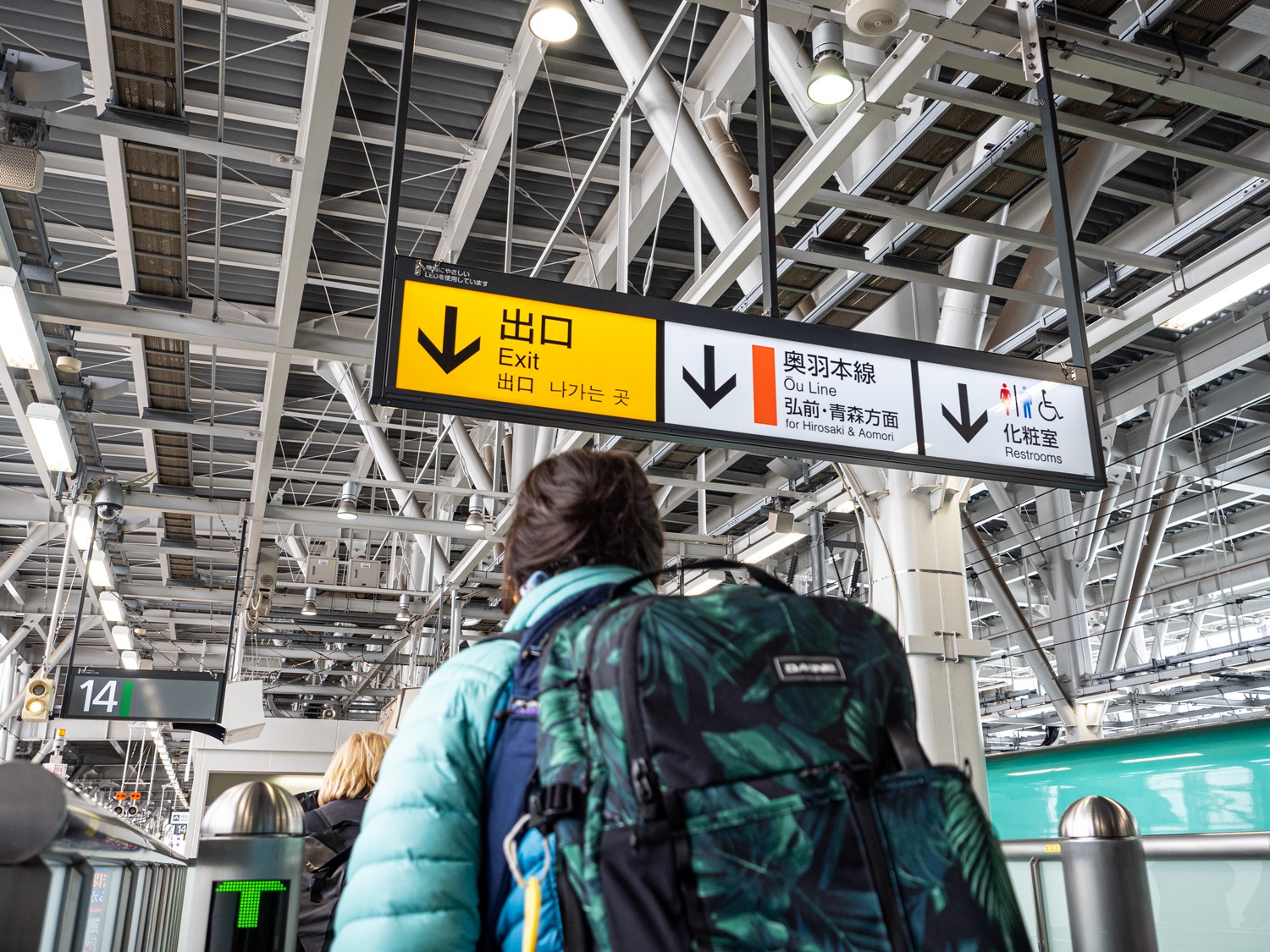
If you’re staying in Tokyo for a few days, keep in mind that it usually gets only a day or two of snow (if that). Temperatures still average in the mid-40s°F during winter, which translates to jeans and sweatshirt weather. However, at the ski resorts, once the cold winds from Siberia blow in, expect temperatures to hover in the mid-20s°F for highs (or colder).
Backcountry Skiing?
In addition to our normal ski trip packing list, one thing to consider, if you have the skill and knowledge (or plan to hire a guide), is to bring your backcountry gear. While skiing in Japan is affordable, renting equipment is not. This meant we had to bring items such as beacons, shovels, probes, backcountry bags, and our splitboards. We had to fit everything into our snowboard bags and two roller bags. It took some finagling, but we managed to fit everything within the dimensions and weight restrictions. It was close but possible.
Local Freshies® tip: DO NOT bring your hand-held Radios. We found out from our guides that they’re VERY illegal and if you’re caught using one, you can be imprisoned for up to a year and fined up to 1 million YEN. If you can’t live without one, this page is a great resource of what you can use.
Getting to Japan

No matter where you’re flying from in the US or Canada, you’re likely to fly into Tokyo. There are two main airports: Haneda and Narita. Haneda is closer to Tokyo’s city center, about a thirty-minute train ride away. Narita, on the other hand, is about twice as far, taking a little over an hour via the subway. We flew into Haneda and out of Narita.
Local Freshies® tip: If you’re flying out of Narita, DO NOT go through airport security until you’ve eaten. We found that there’s almost no food past security. All the best restaurants are outside of it.
Same Travel Time From US
After talking to others on the trip from Boston to LA, we found that no matter where you start in the United States, the flight time to Japan is approximately the same—about thirteen hours. This is because the route typically involves flying over the Arctic to reach Japan.
Japan AIR Made It Easy
Back in my old consulting days, I’ve flew a lot of airlines, from British Airways to Air India (that’s a long story). The Japan Airlines flight had some of the most legroom I’ve ever experienced. Even the bathroom was huge!
Local Freshies® tip: For Japan Air, all you need to worry about regarding ski baggage check-in is that the big ski bag is under 23 KG.
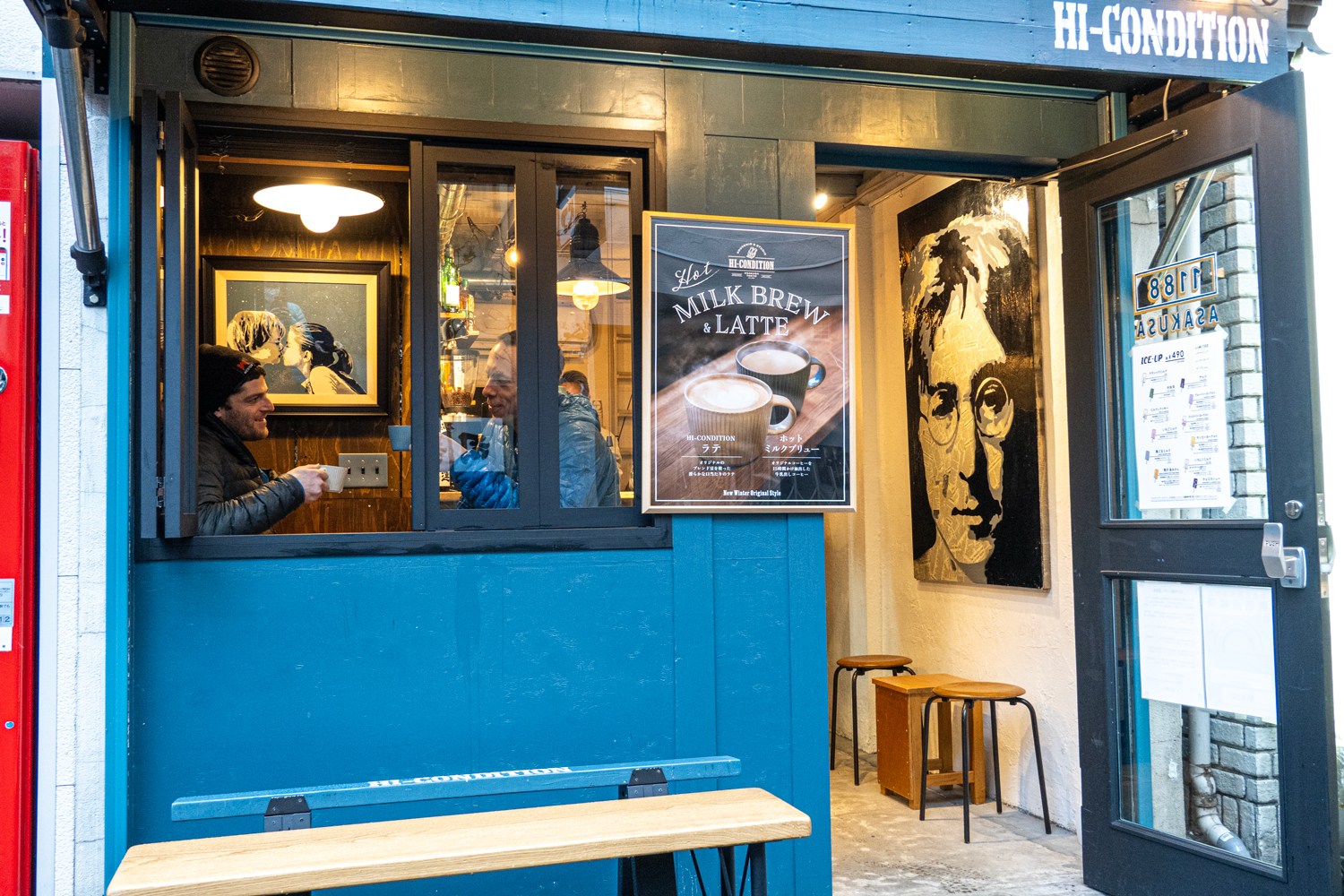
Getting Around Japan
Once you’ve made it to Tokyo, to get to your final destination it’s usually a combination of either a short plane ride or bullet train to a local bus for the final leg to the resorts.
In Tokyo
We can tell you from personal experience, Taxis are INCREDIBLY expensive getting to / from either Narita or Haneda (easily $200 USD one-way) airports. If your first night is in Tokyo, use Takuhaibin to ship your gear to the 1st resort and hop on the Tokyo metro. It’s incredibly cheap (we paid $4 one-way) to get to your hotel.
When To Go
November and December are a bit too early, and by Christmas, resorts are bustling as it coincides with one of the few times the Japanese have off work. Japan in January, however, is the stuff of legends, and we happened to visit during this prime time. January tends to bring consistent heavy snowfall, with generally very cold temperatures, resulting in the best powder snow quality.
One caveat is that Westernized ski resorts like Niseko and Hakuba can be particularly busy in early January due to Australian school holidays. If you’re seeking a less crowded experience, consider bringing your backcountry gear or exploring lesser-known ski areas, as we did. Another option is to visit in mid to late February when the weather pattern is similar to January but typically attracts fewer skiers and snowboarders.
Where to Go Skiing
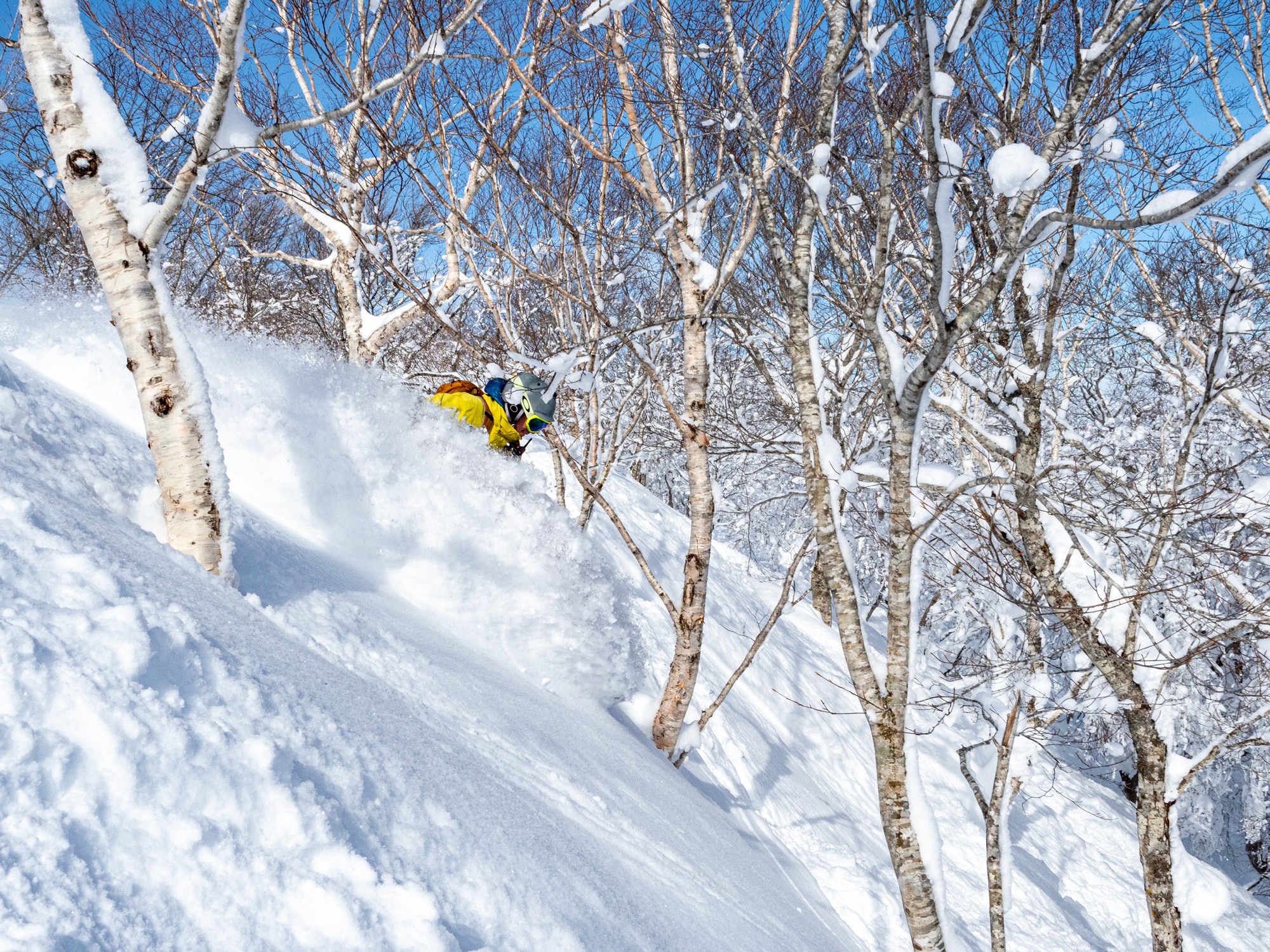
The popularity of skiing in Japan has dwindled significantly since its peak in 1998, witnessing a drop of over 75% in the number of Japanese skiers. However, the secret is out, and international visitors are now flocking to Japan to experience its legendary snow, with the primary influx coming from Australia and New Zealand. Despite this surge, it’s worth noting that Japan boasts nearly 500 ski resorts in a country roughly the size of California. While many foreign visitors tend to focus on the popular ones, there are numerous hidden gems where you can enjoy the entire resort virtually to yourself. Here’s what we discovered from our trip and conversations with the locals living in Japan.
Hokkaido
The northernmost part of Japan, Hokkaido stands as its own separate island that remains accessible via the bullet train. It’s here that the legend of JaPow was born. Thanks to its more northerly location and closer proximity to Siberia, Hokkaido receives the most and driest snow in Japan. And this is primarily why all the international visitors flock to it. Beyond the renowned Niseko, there are other ski areas on Hokkaido waiting to be explored, such as Furano, Kiroro, Tomamu, and Sahoro.
According to locals we met, Niseko has evolved into the most Westernized Mountain, making it a comfortable choice for those wary of traveling in a foreign land where English isn’t widely spoken. Since we’re all about seeking the lesser-traveled road, we skipped Niseko and headed straight for the ski areas in central Hokkaido, aka the “Hokkaido Powder Belt.” While English was still widely spoken, the vibe was way quieter and the prices were much more wallet-friendly than Niseko. If you’re looking for a more authentic experience, this is where it’s at!
Alternatively, instead of basing yourself at a single ski area, you have the option to sample multiple resorts from a central base. Sapporo, the largest city on the island, situated in central Hokkaido, provides this opportunity. Unlike the mainland island of Honshu, where cities have organically grown over the centuries, Sapporo is a relatively “new” city. Planned and developed at the end of the nineteenth century, its streets are laid out in an orderly pattern.
Japan Alps – Hakuba
Following Niseko on the island of Hokkaido, the second most popular ski destination for Americans is Hakuba, situated in the northern section of the Japanese Alps. Accessible via bullet train, it’s only about 3 hours from Tokyo. While the deepest, consistent snow is in the north, Hakuba offers more challenging terrain, with steeper slopes. Even though it may not receive as much snow, it still gets pounded with ample amounts of powder. Hakuba remains Western-friendly but has a slightly less polished feel than Niseko, offering a bit more of an authentic Japanese experience.
The Hidden Japan – Tohoku
We’re not just fanatics of powder skiing. We crave the most authentic experiences on trips hence our name Local Freshies®. When traveling such distances, our goal is to explore the untouched corners, where we’re the sole Americans in sight. We yearned for the REAL Japan, savoring cuisine untouched by Western adaptations. It was a no brainer to use our season pass to hit the Indy Pass Japan ski resorts. The ski areas we ventured into spanned the Aomori, Iwate, and Akita prefectures (similar to states in the US). The snow was deep, the competition for powder was virtually non-existent, and the culture was as authentically Japanese as you can imagine.
Things to See & Do

In Tokyo – Tsukiji
Speaking of Japanese cuisine, if you spend any time in Tokyo, you need to dedicate an afternoon exploring Tsukiji Outer Market. Literally meaning “reclaimed land,” this market has been in operation since 1923 and has been the go-to place for sushi restaurateurs and fishmongers to buy their stock until 2018.
Located just a short stroll from two of Tokyo’s metro line stops, you’ll find a food lover’s paradise filled with hundreds of stalls offering an assortment of unique items to peruse and try, including some of the freshest seafood dishes (i.e., sushi) you’ve ever had. The Michelin Guide is a great introduction to the items you should try when visiting Tsukiji.
Toyosu
Until 2018, Tsukiji Market was the largest fish market in the world, but like all good things, it had outgrown its location. That’s when wholesale operations moved to the new Toyosu Market, which is about 3 km southeast of Tsukiji. The new location expanded to nearly twice the size of the original market. Its claim to fame is its tuna auction, which is completely free of charge to enter. In this exciting auction, whole fish can sell for nearly a million US dollars!
Visit a Samurai Town – Kakunodate
No matter how much you read or watch, seeing historical locations in real life hits harder. One of the places we had the opportunity to explore on a rare off day was the town of Kakunodate in the Akita Prefecture. The town itself looks and feels much the same as it did in the mid-1600s when it was founded.
The samurai district has been preserved, showcasing how middle-class and wealthy samurai lived in the 17th and 18th centuries. It isn’t just a tourist enclave as many of the homes are still private residences. While in contrast, the merchant district is filled with stores, some of which are four centuries old—such as Ando Jozo Miso, which has been producing miso and soy sauce the same way for 150 years.
Onsens… Get Out Of Your Comfort Zone
As you would imagine, since the country of Japan is on the ring of fire, it gets a lot of earthquakes, features tons of former volcanos, and hot springs. More than 25,000 in fact. Going to a hot spring isn’t just an activity but a way of life. What puts off most visitors (including myself initially) is the idea that you need to be nude. No swim trunks. From a personal perspective, the idea of bathing nude communally is somewhat foreign to me. Thoughts of High School gym class flash back into my brain. It felt off putting to me. Once I did it though and gave into the Onsen, I have to say it was freeing.
What to Eat
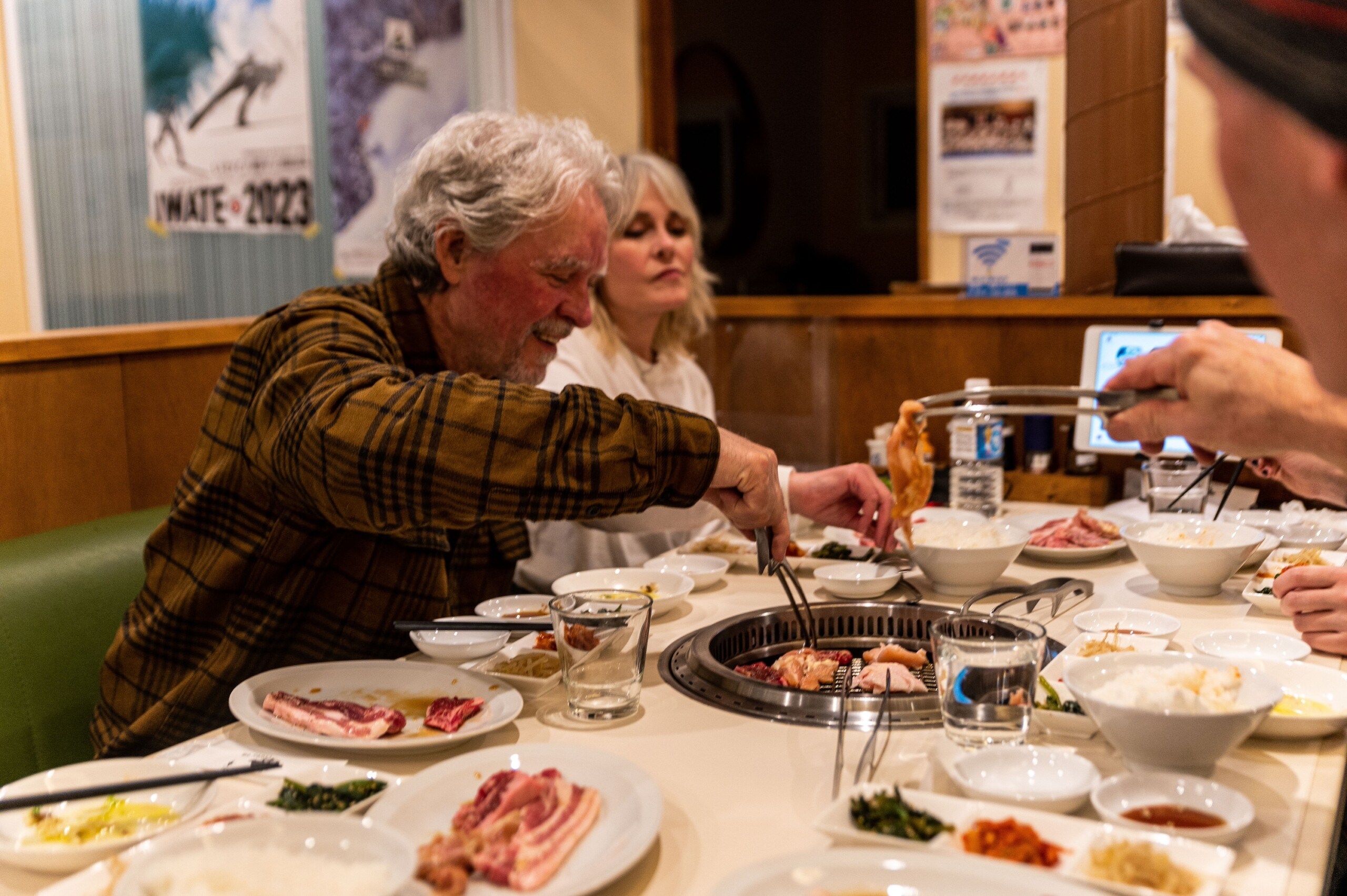
This might be shocking, but sushi is a Tokyo specialty. While you may find it in the more Westernized resort towns, we recommend getting your fill in Tokyo itself. Once you head to the resort, expand your horizons on what traditional Japanese cuisine is. For noodle lovers, try a variety of soba noodle dishes or ramen. Fish is a big part of their diet, but it isn’t everything. If you get a chance, visit a Yakiniku restaurant. Meat lovers will enjoy the opportunity to cook bite-sized meats and vegetables over an open grill. This is just a small sampling of the wide array of foods to try.
Where To Stay
On both our legs to AND from the powder meccas in Japan, we stayed at the Gate Hotel Kaminarimon by HULIC in Tokyo. Similar to staying in Manhattan, you don’t need a giant room but one that’s in a central location. The rooms have exceptionally comfortable beds, easy access to the subway, plenty of attractions to see in the area and great employee staff. If you need breakfast to be a bit more westernized, it’s a good upgrade.
During our trip, Japan Ski Tours got the rest of the logistics dialed for us so we didn’t have to worry about where we were eating, staying or doing after skiing. Was it as good as we imagined? Read about our experience in our article: Skiing Japan Powder – Snow That You’d Find On Mars.





